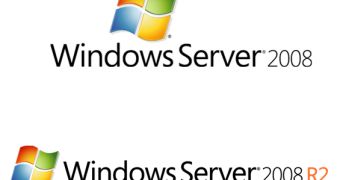Using virtualization solutions from Microsoft is synonymous with leveraging the company’s Virtual Hard Disks (VHD), namely the files that encapsulate hard disk images. There are no less than three VHD formats that customers can currently opt for, Fixed, Dynamic and Differencing. Choosing one VHD option over the others, as well as selecting a certain Windows client or Windows Server are critical factors in determining the performance characteristics of virtual environments.
The software giant has looked at the performance differences between the various VHD formats in conjunction with the underlying operating system and put together a resource designed to help customers make an informed choice when deploying Microsoft visualization solutions. Authored by Liang Yang and Anthony F. Voellm, the “Virtual Hard Disk Performance” is currently available for download at no cost from Microsoft.
“The following paper is focused on giving in-depth performance data on Virtual Hard Disks. Comparisons are generally made between native, Window Server 2008 and Windows Server 2008 R2. When comparing Windows Server 2008 and Window Server 2008 R2, no virtual machines are used unless explicitly stated. The goal of this paper is to look at virtual hard disk performance and not Hyper-V performance,” Yang stated.
The resource offers just what it promises, a complex look over the performance characteristics for VHD on the three platforms enumerated above. Customers will be able to judge whether a certain VHD format is the best option for them over the remaining alternatives, but also which operating system would be best suited to their business needs. Of course, the general tendency is to choose the technology that delivers the maximum amount of performance. In this context, the whitepaper does offer comprehensive information to enable customers to choose not only the Windows OS, but also the VHD format for their virtual environments.
“Virtual Hard Disk technology has continued to improve release-over-release, both in terms of the scenarios supported (like boot from VHD) as well as overall performance. This paper details the significant improvements in dynamically expanding and differencing VHD random performance, the substantially faster fixed sized VHD creation speed, and almost zero percent drop in throughput to large differencing VHD chains due to better caching,” Yang added.
“When choosing the right VHD for your need you should consider both the access performance and storage needs. With the improvements demonstrated in Windows Server 2008 R2 the choice has less to do with the access speed and more to do with the amount of memory used due to advanced caching,” Yang concluded.

 14 DAY TRIAL //
14 DAY TRIAL //